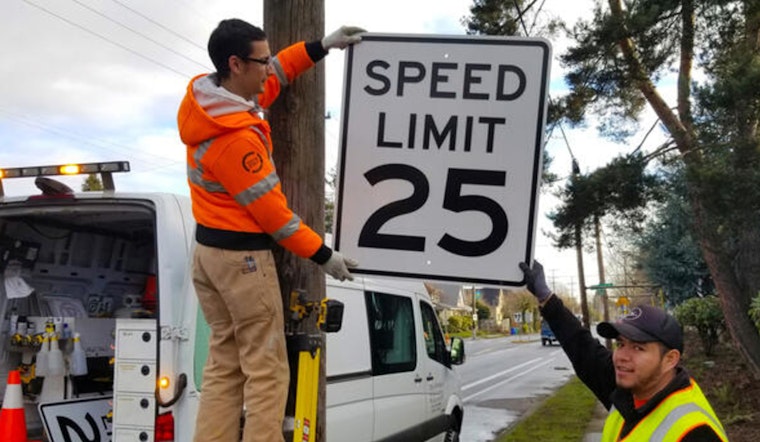The vision of zero traffic fatalities in Portland remains elusive and under scrutiny, as a recent audit reveals shortfalls and modest successes in the Portland Bureau of Transportation’s (PBOT) ongoing efforts to improve roadway safety. The bureau must now tackle the imperative of systematically evaluating whether its safety projects are indeed saving lives.
Since the Portland City Council adopted Vision Zero in 2016, the initiative has seen fluctuating success, with a worrying trend emerging post-2020. Fatalities, which had initially decreased, have since surged to 64 in 2021 and slightly down to 63 in 2022, according to an audit detailed by
Portland’s official website
. The report raises a stark reality — the numbers for 2023 are looking grim, with an anticipated increase to 69 reported deaths.
Amidst the somber statistics, the PBOT’s Vision Zero Action Plan had set forth a series of safety projects, targeting particularly perilous streets and intersections informed by crash data compounded with demographic analysis. The work is ongoing, yet the audit indicates a mix of part successes and incomplete initiatives. Recognizable strides have been made in areas like signal timing, though endeavors like speed camera installations have lagged behind original schedules.
The bureau acknowledges that there’s an opportunity to use community stories for identifying safety improvements, particularly those that benefit underserved populations. Nonetheless, the audit called for a plan “to systematically evaluate completed safety projects” — a step deemed necessary to appraise the effectiveness of the measures undertaken towards the Vision Zero objective. The report underscores an intersection of challenges including the pandemic, state-mandated speed limits, and budget constraints as additional hurdles.
Equity considerations have formed the crux of PBOT’s approach, aiming for safe streets citywide, but the audit suggests a pressing need for expanded methodologies. The data-driven focus of Vision Zero thus far has largely leaned on the official stat records provided by the Oregon Department of Transportation, police reports, and an interactive dashboard illustrating the specifics of crash incidents. The PBOT’s alignment with the Safe Systems approach embodies a philosophy that rejects the notion of traffic deaths and serious injuries as inescapable.
In a city grappling with rising traffic-related fatalities and deep-seated equity issues, Portland’s examination and refining of their road safety strategy are pivotal in navigating toward the aspirational landscape of zero deaths and serious injuries. As the PBOT takes stock, the call for better outcome measurement is an echo of accountability — further reinforced by the recommendations of installing delayed speed cameras and revisiting equity methods for smaller scale projects.
Note: Thank you for visiting our website! We strive to keep you informed with the latest updates based on expected timelines, although please note that we are not affiliated with any official bodies. Our team is committed to ensuring accuracy and transparency in our reporting, verifying all information before publication. We aim to bring you reliable news, and if you have any questions or concerns about our content, feel free to reach out to us via email. We appreciate your trust and support!



Leave a Reply